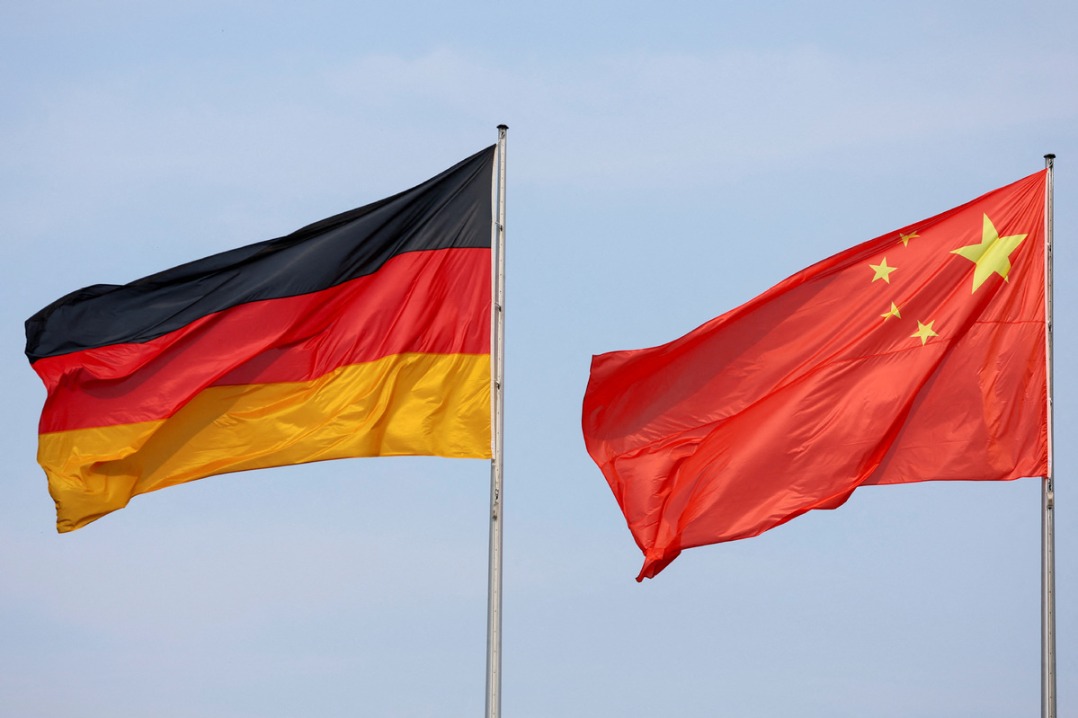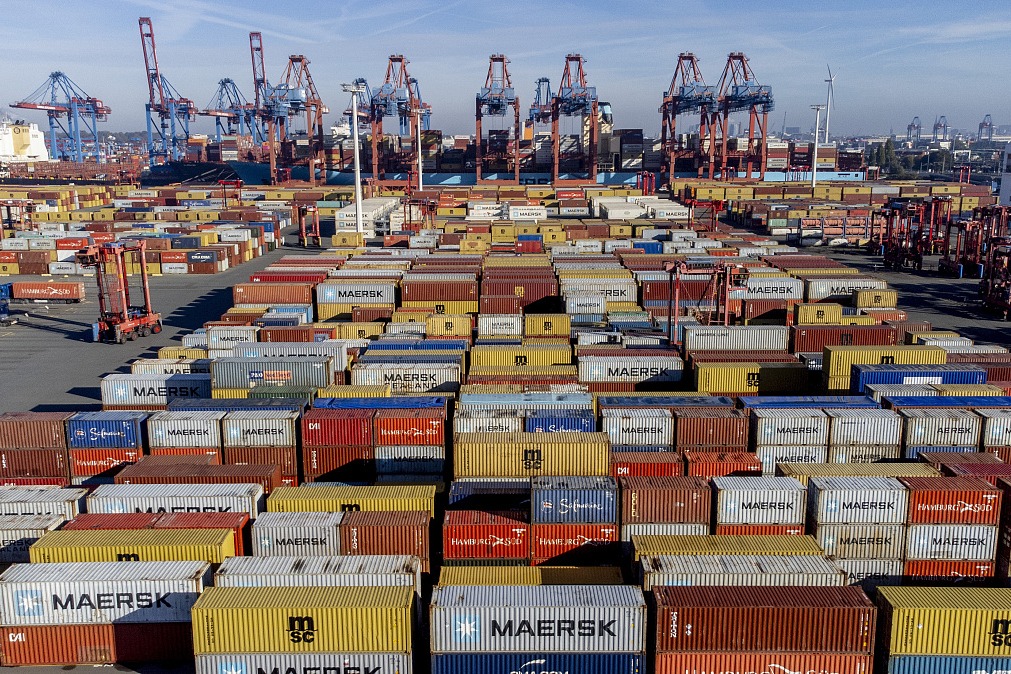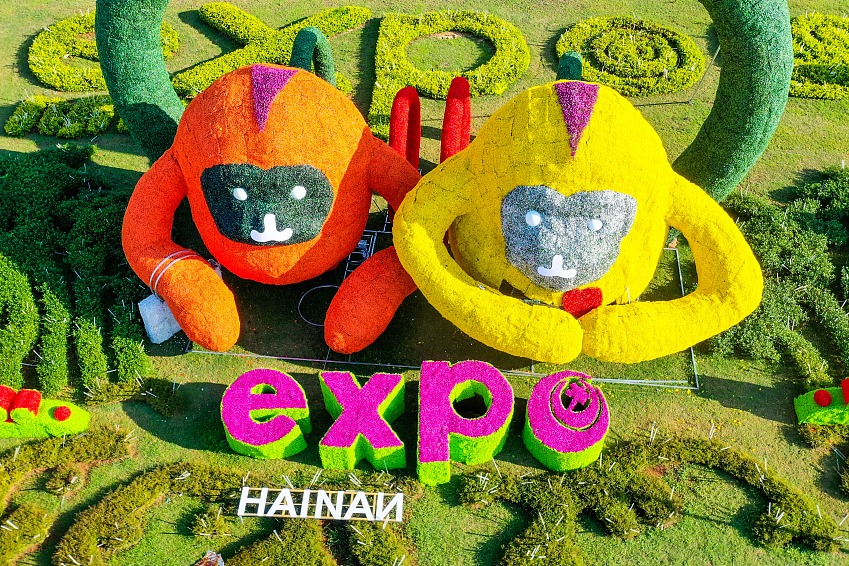Cultural & design industry

Industrial bases
With 48 cultural and creative industrial parks and 20 cultural and creative industrial bases, Shenzhen has formed a clustered cultural and creative industry. There are 13 State-level model bases for the cultural industry, covering areas including creative design, cultural software, animation and games, new media, cultural information services, intangible cultural heritage, high-end arts and crafts, digital publishing, cultural tourism, high-end printing, and industrial education and training.
Sectors with a competitive edge
Shenzhen is where China's modern graphic design industry was born. Local industrial design and indoor design take a large percentage of the national market. Animation and gaming industries, cultural software services, Internet information services, digital TV and digital audio industries have gained momentum in growth. Shenzhen is home to China's largest high-end printing industry, taking 60 percent of the national market.
ICIF
Cosponsored by the Guangdong Provincial Government, Shenzhen Municipal Government and State institutions, the annual China (Shenzhen) International Cultural Industries Fair (ICIF) is certified by the UFI. The only State-level cultural expo in China, it is held in Shenzhen each May.
City of design
Shenzhen was accepted as a member of the Creative Cities Network by UNESCO on Nov. 19, 2008, and named a UNESCO City of Design, becoming the first Chinese city to win the honor. It was the sixth city in the world to earn the title.
Shenzhen Design Week
Shenzhen Design Week is a grand international design event, which is hosted by the Shenzhen Municipal Government, organized by the Publicity Department of the Shenzhen Municipal Committee of the CPC and Shenzhen City of Design Promotion Office, supported by UNESCO Creative Cities Network and the city's various design associations, institutions, colleges and district governments.
It kicks off each spring with the slogan of "Design Creates Future," aiming to reflect the city's attitude towards design.
The first Shenzhen Design Week was held from April 21 to 28, 2017. Themed "Design for the Future," a series of events were held in all districts in Shenzhen. Highlighted events included exhibitions, design fairs and design tours.
Design going global
In recent years, Shenzhen designers have enhanced the communication and cooperation with foreign designers. In 2016, Shenshen design has appeared for over 10 times at various international design events and has become a new emerging force in the international design arena.
Intellectual property rights protection
The Shenzhen government has adopted stringent protection of intellectual property rights as a leading development strategy to improve the city's investment environment and maintain market order. Everyone living in the city, including foreigners, has the same protection under domestic and international laws.
Cultural assets and equity exchange
Shenzhen Culture Assets and Equity Exchange was established in 2009. The Chinese Cultural Industry Investment Fund has Shenzhen as its second-largest shareholder. Shenzhen has become one of the most important centers for the exchange of culture assets and equity exchange as well as investment and financing services in China.
International Cultural Trade Base
In December 2013, Shenzhen Creative Information Hub built the national International Cultural Trade Base and made it the third base that was granted by the Ministry of Culture after Beijing and Shanghai and the first of its kind in South China. The base will utilize State preferential policies, international trade channels and international communication platforms to create a cultural trade service chain highly integrated with cultural and creative industries.
Dafen Oil Painting Village
Located in Buji Subdistrict, Longgang District, the 4-square-kilometer village is the world's largest mass producer of oil paintings, essentially an art factory. Originally conceived by Hong Kong businessman Huang Jiang, who began production with a dozen artists in 1989, the village has grown in leaps and bounds over the past 20 years. About 15,000 artists and craftsmen work in more than 40 factories and 800 studios and workshops.
Guanlan Printmaking Base
Located in Bao'an District, the base perfectly combines modern printmaking with traditional Hakka buildings. It has become a State-level model base with a sound environment and good economic returns.
MOST POPULAR
- 1 Things to know about China Intl Consumer Products Expo 2024
- 2 China tops FDI confidence index of emerging markets
- 3 China specifies steps to improve payment services in tourist attractions
- 4 Low-altitude economy set to take off
- 5 China's immigration service platform receives over 10m calls from home, abroad
Editors' Picks
 Infographic:
A look at China's economy in Q1 of 2024
Infographic:
A look at China's economy in Q1 of 2024
 Infographic:
China to remove foreign ownership restrictions in value-added telecom services in pilot areas
Infographic:
China to remove foreign ownership restrictions in value-added telecom services in pilot areas
 Infographic:
2023 Sino-German investment and trade in numbers
Infographic:
2023 Sino-German investment and trade in numbers
 Infographic:
China-Germany relations in graphic
Infographic:
China-Germany relations in graphic



